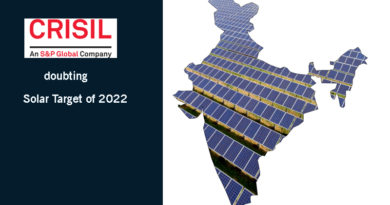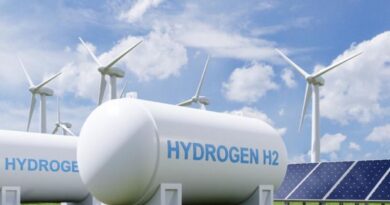Can Nuclear Power Navigate Fake Narratives To Stay Relevant?
 what are the safest and cleanest sources of energy
what are the safest and cleanest sources of energy
Nuclear energy remains one of most misunderstood topics in the clean energy sphere, even among advocates against fossil fuels. Despite its massive potential, it continues to be snubbed by countries, with plants being outright decommissioned in Germany and Italy, mostly due to interference from groups like Greenpeace or the green parties, as seen from their report on Chernobyl, which heavily inflates fatality rates compared to the official WHO report. Nuclear power simply faces an unfair playing field today, when compared to thermal or even renewable energy like solar and wind. So, why should we adopt nuclear power?
For one, we have a lot more nuclear fuel than fossil fuels as of the present day. Estimates put nuclear deposits at 6.1 MT, enough to last humanity’s current usage patterns for the next 90 years. And this is before accounting for further improvements like fast breeder reactors that could effectively eliminate the issue of fuel replenishments. Fossil fuels, meanwhile sit around 40 years, give or take half a decade. Nuclear fuels represent a higher level of assured resources than is normal for most minerals.
Of course, the main issue brought up with nuclear power isn’t its availability- It’s the safety risks associated with having a reactor near a town or city. The total number of confirmed deaths ever caused by nuclear energy incidents totals in the hundreds. In contrast to this, thousands upon thousands of people die each year in the coal, oil, and natural gas industries. According to OurWorldInData.org, which cites a 2007 study by Markaynda and Wilkinson, the death rate per terawatt/hour for nuclear power sits at only 0.07, compared to 2.82 for gas, 18.43 for oil, and 24.62 for coal. Compared to our most common sources of energy, all of which are emissions producing, nuclear power is zero emission and safe. For modern well-constructed and maintained nuclear reactor, it is the default to expect zero casualties over its lifetime, and beyond.

Taking Chernobyl and Fukushima into account, fossil fuel-based power generation causes over 100000 deaths per 1000 terawatt hours generated, while nuclear power stands at 90, lower than even wind at 440 deaths per 1000 TWH.
Nuclear power is all about preventing emissions by putting coal plants out of business. Since 1965, air pollution from fossil fuels has cost us 81 million human lives. 4000 people in China die every day from complications caused by air pollution. In contrast, the only emissions which nuclear power has is water. Taking the carbon footprint from building a nuclear plant into account, nuclear power has managed to prevent the equivalent of 64 gigatons of CO2 from entering the atmosphere since 1961.
As for the other elephant in the room, nuclear waste isn’t much of an issue either. Nuclear fuel is a million times more energy dense than fossil fuels, which means it creates a million times less waste as well. The entirety of nuclear fuel waste in the past 60 years totals to about 1200 cubic yards. Waste that isn’t recycled or can’t be recycled is disposed of and kept in fuel pools of nuclear plants and caskets that are so safe that you’d be fine kissing them. While there have been accidents and incidents with nuclear waste in the past, they were caused by human error and flawed design, rather than inherent dangers with nuclear power and its waste.
So, what are the fastest developing countries, India and China doing in regards with nuclear?
As of 2024, India’s nuclear capacity sits at 8,180 MW, contributing 3.11% of total power generation in India. Currently, 21 reactors with a total capacity of 15300 MW are at various stages of implementation by Nuclear Power Corporation India Limited (NPCIL). Nine (09) reactors with a total capacity of 7300 MW [including Prototype Fast Breeder Reactor (PFBR) by Bharatiya Nabhikiya Vidhyut Nigam Limited (BHAVINI)] under construction and twelve (12) reactors with a capacity of 8000 MW [including 2 X 500 MW twin unit of Fast Breeder Reactors (FBR) by BHAVINI] are under pre-project activities. India’s latest budget aims to give this a further push by investing in SMR reactors (small modular reactors of 300 MW size) that are considered even safer and efficient. But results are unlikely to make a presence until 2030 or beyond.
A first in the clean energy sector, China isn’t number 1 when it comes to nuclear power production, but its fast getting there. The country ranks third in the world both in total nuclear power capacity installed and electricity generated, accounting for around one tenth of global nuclear power generated. As of February 2023, China has 55 plants with 57GW in operation, 22 under construction with 24 GW and more than 70 planned with 88GW. About 5% of electricity in the country is due to nuclear energy. China is also involved in the development of nuclear fusion reactors, having constructed an experimental nuclear fusion reactor knows as EAST, located in Hefei.
By Yash Singh




